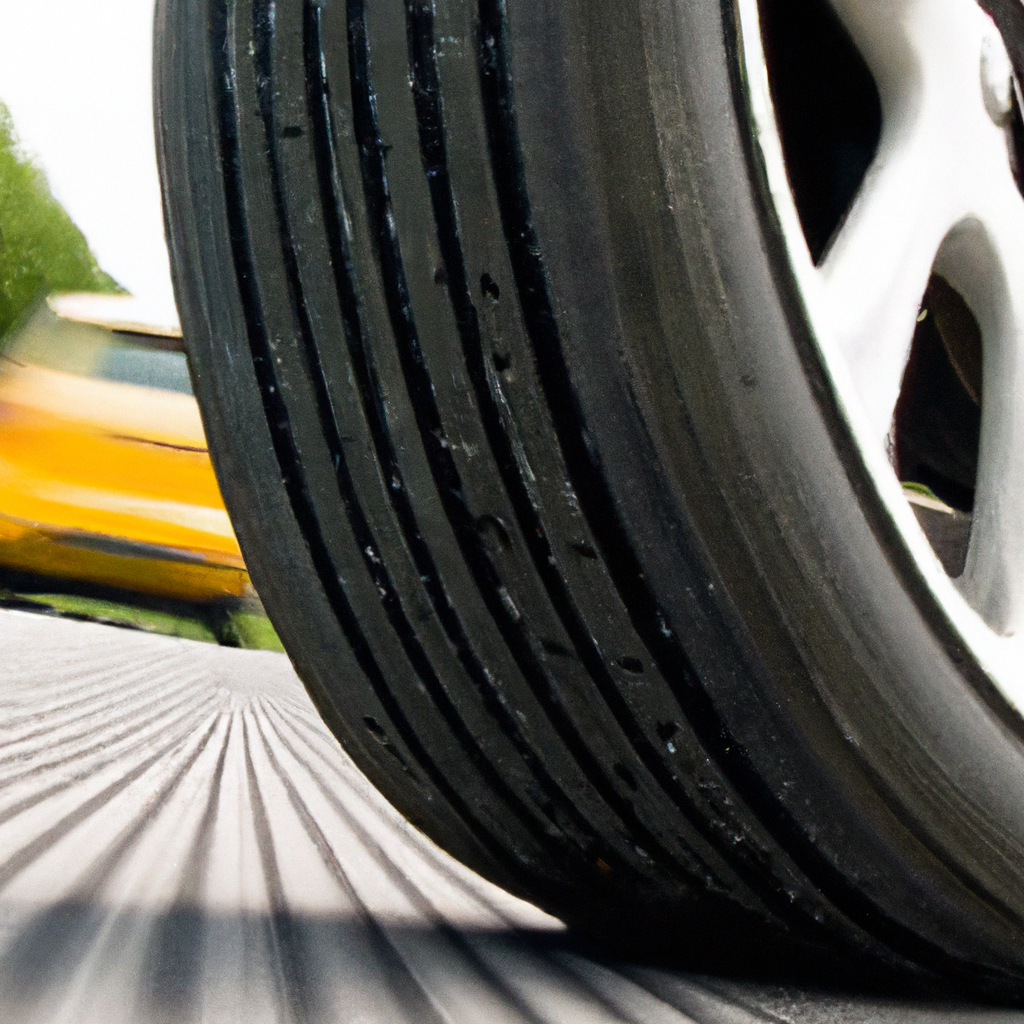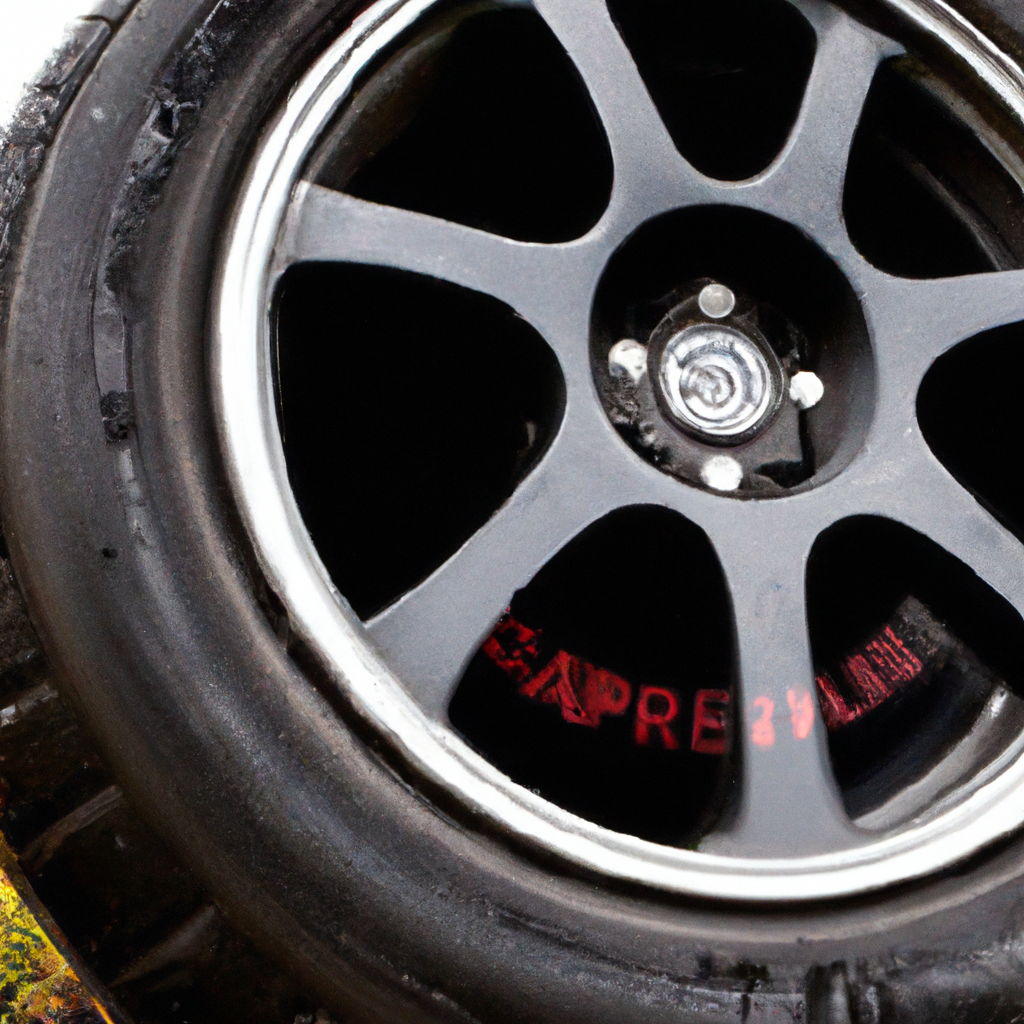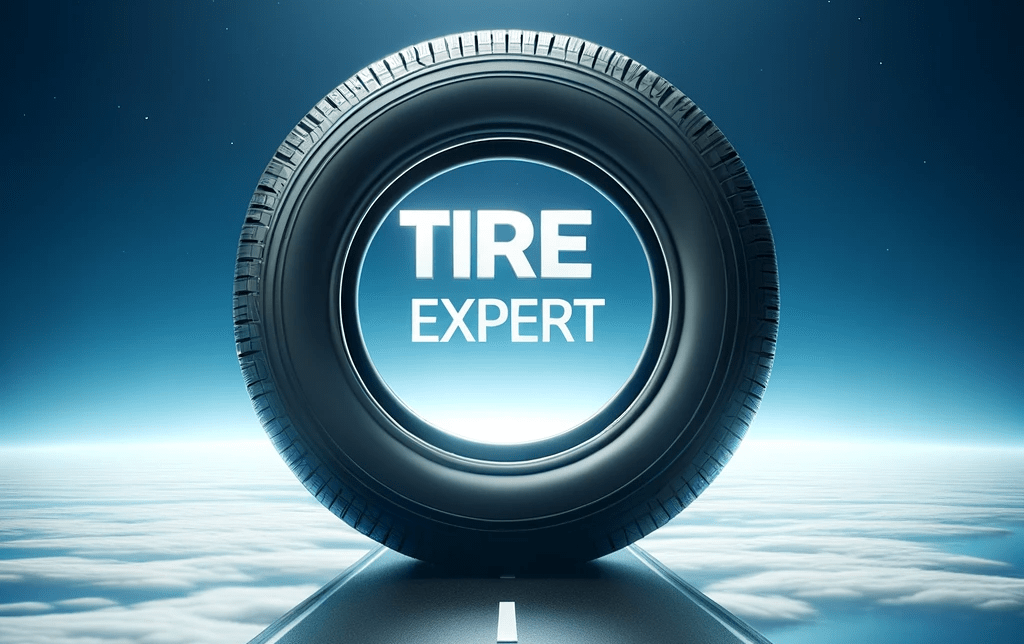Are you wondering if run-flat tires are up to the challenge of high-speed driving? Look no further, because in this article, we will explore the capabilities of run-flat tires when it comes to handling the demands of speedy journeys. Whether you’re a thrill-seeker who loves to push the pedal to the metal, or simply someone who wants to ensure they’re prepared for any unexpected tire emergencies, we’ve got you covered. So buckle up and get ready to discover whether run-flat tires can stand the test of high-speed adventures.
Can Run-flat Tires Handle High-speed Driving?

Overview of Run-flat Tires
Run-flat tires are a specially designed type of tire that can continue functioning, even when they are punctured and lose air pressure. These tires have a reinforced sidewall that can support the weight of the vehicle, allowing drivers to continue driving for a certain distance at a reduced speed, typically around 50 miles, depending on the tire brand and model. Run-flat technology has gained popularity in recent years, as it offers drivers an added safety feature in the event of a tire puncture.
Characteristics of Run-flat Tires
Run-flat tires have several unique characteristics that set them apart from conventional tires. One of the key features is the reinforced sidewall, which provides structural integrity and support even when the tire is deflated. This enables the tire to bear the weight of the vehicle and prevent it from collapsing. Additionally, run-flat tires are often made with special rubber compounds and tread designs that enhance grip and provide better handling performance.
Benefits of Run-flat Tires
There are several advantages to using run-flat tires, especially for high-speed driving. One of the primary benefits is increased safety. In the event of a tire puncture, run-flat tires allow drivers to maintain control of their vehicle and continue driving to a safe location, minimizing the risk of accidents or stranded motorists. This added safety feature can provide peace of mind and reduce the likelihood of being stranded on a busy highway or remote location.
Another benefit of run-flat tires is the convenience they offer. Unlike conventional tires, which require immediate tire replacement or the use of a spare tire, run-flat tires allow drivers to continue driving without the need for immediate tire changes. This can be particularly advantageous when driving long distances or in areas where tire service may not be readily available. With run-flat tires, drivers can reach their destination or a service station safely without the hassle and inconvenience of changing a tire on the side of the road.
Potential Limitations of Run-flat Tires
While run-flat tires offer numerous benefits, they do come with some potential limitations. One of the main limitations is the reduced driving range when a tire is punctured. While run-flat tires can allow drivers to continue driving for a certain distance, it is important to remember that this distance is limited, typically around 50 miles. Therefore, drivers should not rely solely on the run-flat capability and should still aim to have their tires repaired or replaced as soon as possible.
Another limitation of run-flat tires is the ride comfort and handling. The reinforced sidewalls and rigid construction of run-flat tires can lead to a slightly stiffer ride compared to conventional tires. This can result in a less comfortable driving experience, especially on rough or uneven road surfaces. Additionally, the handling characteristics of run-flat tires may differ from conventional tires due to their unique design. Drivers may notice a slight difference in responsiveness and cornering capabilities when using run-flat tires.

Understanding High-speed Driving
To comprehend the ability of run-flat tires to handle high-speed driving, it is essential to understand the concept of high-speed driving itself. High-speed driving refers to traveling at speeds above the legal limits on highways or other designated roads. While speed limits vary depending on the region and road type, high-speed driving typically involves sustained speeds of 70 mph or higher.
Effects of High-speed Driving on Tires
High-speed driving can have various impacts on tires. Increased speed generates a greater amount of heat, which can cause tires to wear down more quickly and potentially lead to a blowout. The increased friction between the tire and the road surface, combined with the heat generated, can deteriorate the tire’s tread and sidewall integrity. Additionally, high-speed driving can amplify any existing imbalances or irregularities in the tires, further compromising their performance.

The Role of Run-flat Technology
Run-flat technology plays a crucial role in mitigating the potential risks associated with high-speed driving. The reinforced sidewalls of run-flat tires provide additional support and help maintain the tire’s structural integrity, even at high speeds. This ensures that the tire can sustain the weight of the vehicle and continue functioning in the event of a puncture. By preventing a sudden loss of air pressure and providing temporary mobility, run-flat technology helps drivers maintain control and safely reach a service station or their intended destination.
Testing and Certification
Before run-flat tires are available to consumers, they undergo rigorous testing and certification processes to ensure their performance and safety. These tests evaluate various aspects, including durability, puncture resistance, handling, and high-speed capabilities. By subjecting run-flat tires to extreme conditions, manufacturers can identify any potential weaknesses and make necessary improvements before releasing them into the market. It is vital for consumers to choose run-flat tires that are certified and meet the industry standards to ensure optimal performance and safety.

Performance of Run-flat Tires at High Speeds
Run-flat tires are specifically engineered to perform well at high speeds. The reinforced sidewalls and advanced rubber compounds used in their construction enable them to withstand the increased forces and temperatures associated with high-speed driving. This means that run-flat tires can maintain their grip and stability, allowing for safe and controlled handling even at higher speeds. However, it is important to note that the performance of run-flat tires can vary depending on factors such as tire brand, model, and vehicle compatibility. Therefore, it is essential to choose the right run-flat tires for your specific vehicle and driving needs.
Considerations for High-speed Driving with Run-flat Tires
While run-flat tires are designed to handle high-speed driving, there are certain considerations to keep in mind. Firstly, it is essential to adhere to legal speed limits and drive responsibly when using run-flat tires. Excessive speeds can increase the risk of tire failure or compromise the tire’s performance, regardless of whether it is a conventional or run-flat tire.
Additionally, regular tire maintenance is crucial for optimal performance. Drivers should regularly inspect their run-flat tires for any signs of damage or wear and ensure they are properly inflated. Proper alignment and rotation of tires can also extend their lifespan and enhance performance.
Lastly, when using run-flat tires for high-speed driving, it is important to be aware of the limited driving range when a tire is punctured. While run-flat tires provide temporary mobility, it is still essential to have the tire repaired or replaced as soon as possible to prevent any safety hazards or significant tire damage.
In conclusion, run-flat tires can handle high-speed driving, thanks to their reinforced sidewalls and unique design. They offer numerous benefits, including increased safety and convenience. However, it is important to be aware of the limitations and considerations associated with run-flat tires, such as reduced driving range and potential differences in ride comfort and handling. By choosing certified run-flat tires, adhering to speed limits, and maintaining proper tire care, drivers can enjoy the advantages of run-flat technology while ensuring a safe and smooth driving experience at high speeds.


